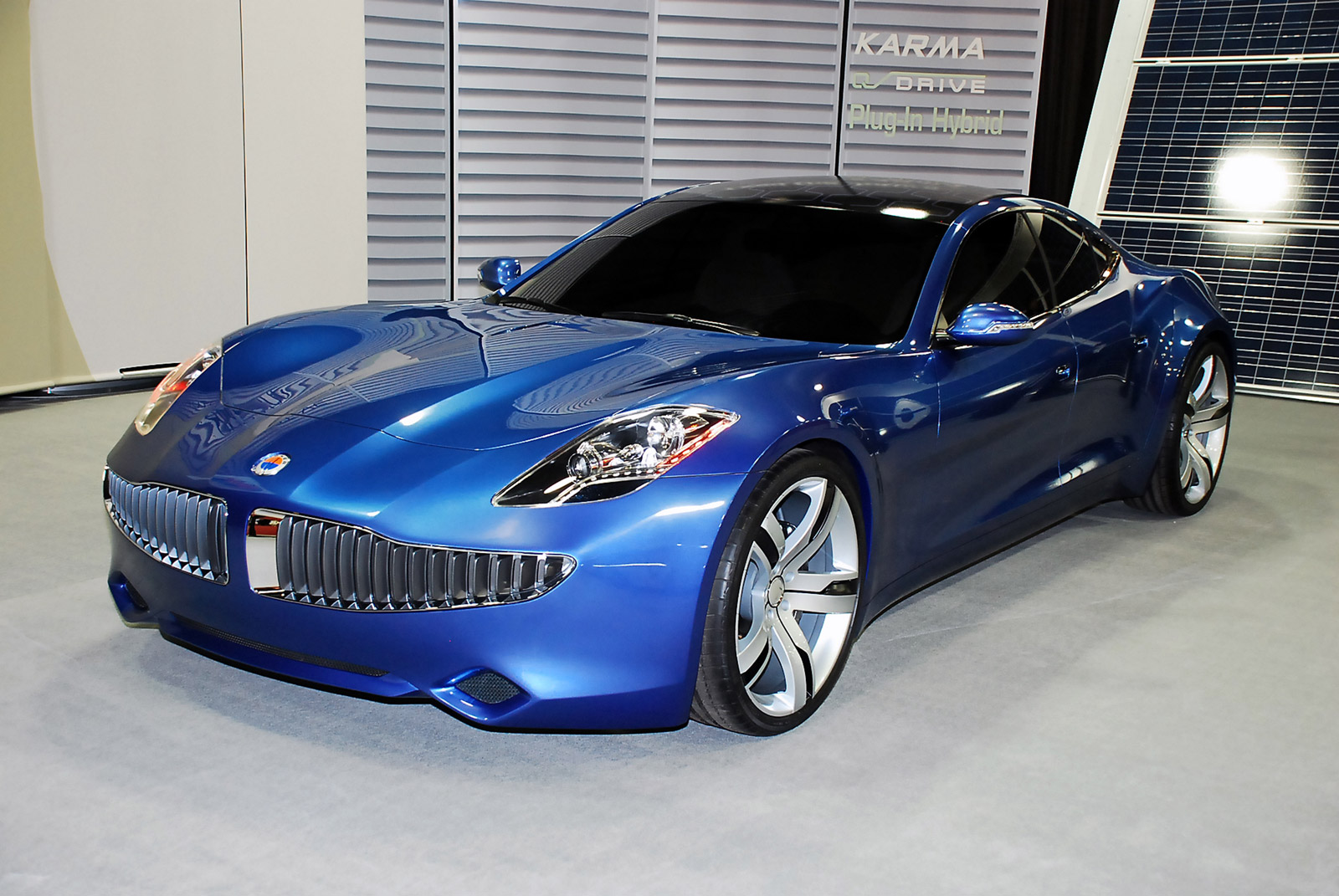U.S. electric car pioneer Fisker Automotive once posted a manifesto on its Web site: “New isn’t easy.” Not for them, it wasn’t. Now their site is defunct and the company is scrambling to find a funder or face bankruptcy.
An electric car company buoyed by federal dollars in 2010, Fisker has now been crippled by supply chain and other problems, and joined legions of start-ups that get dragged down by technical glitches and financial woes. The capital backing from taxpayers caused a dustup that has kept Fisker in the limelight.
The greater question now is whether Fisker’s crash will have repercussions for the electric vehicle industry, which has seen some sales successes with Tesla’s Model S in recent months but largely remains unrealized.
Rewind to just a few years ago when the future for electric vehicles looked promising. In 2010 the Nissan Leaf and Chevrolet Volt hit the road. Gas prices were rising and Pres. Barack Obama pledged to put one million electric vehicles on the road by 2015. With climate change legislation on the table in Congress as well, the EV market seemed primed for an upswing.
Enter Fisker, whose electric sports sedan Karma rolled into showrooms in 2011 amid fanfare. TIME listed it as one of the 50 best inventions of 2011. The Anaheim, Calif.–based company netted a $529 million government-backed loan to help fuel its efforts. In recent years it reportedly raised $1 billion more in private funds.
But things started to fall apart. Its lone battery supplier, A123 Systems, floundered and eventually went bankrupt—a significant blow when as much as half of electric cars’ price tag comes from that piece of technology. Karma had to halt production. The U.S. Department of Energy (DoE) froze Fisker’s loan at $192 million in June 2011. A flawed cooling fan was also linked to a fire in 2012, prompting recalls. In October Hurricane Sandy destroyed several hundred Karmas waiting for shipment at Port Newark, N.J. Fisker’s founder left last month, leaving the company to contemplate its next steps. This month it laid off the majority of its employees. It is also reportedly being sued by a Web designer, an investor and some former employees.
And the hits keep on coming: On April 11 the federal government seized $21 million from the company’s cash reserves. Fisker did not respond to a request from Scientific American for comment on this story.
Republican lawmakers blasted the company at a House Subcommittee on Economic Growth, Job Creation and Regulatory Affairshearing on Wednesday, accusing Fisker of profiting from close connections with the Obama administration. But lawmakers saved most of their fire for the DoE, blaming it for continuing to dole out funds when some lawmakers believe there were early indications the company was not delivering on its product. “The real issue here…is the government shouldn’t be in this business of actually trying to be a venture capitalist. The government is a very poor venture capitalist,” said Rep. Patrick McHenry (R–N.C.). “We lose taxpayer dollars, and when we lose taxpayer dollars it outrages the public.” Armed with private e-mail correspondence House Republicans obtained between the company, DoE and related consultants, it tried to pin down who knew what and when.













